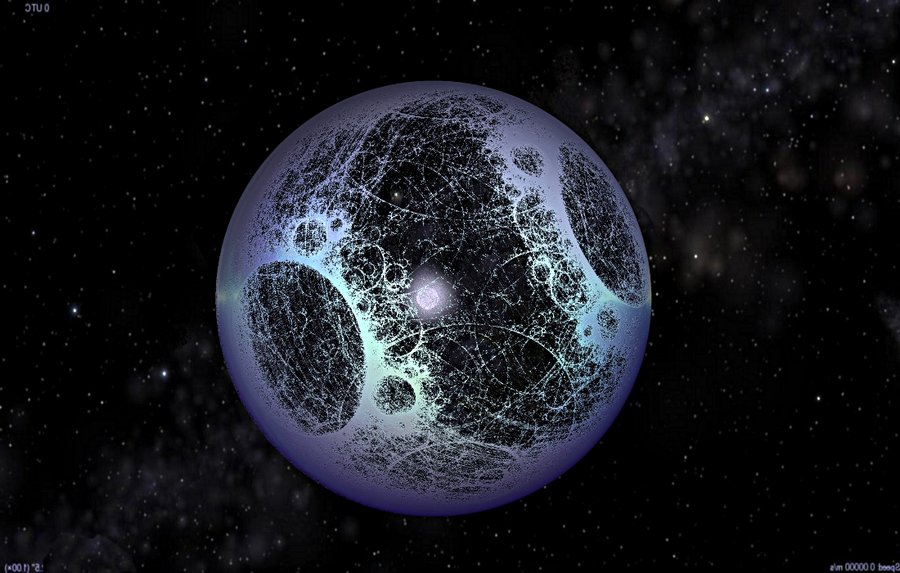What’s better than two gigantic galaxies swirling into one another until they collide? How about three galaxies swirling into one another until they collide – and they all have supermassive black holes at their core to boot! Recently, a team led by Dr. Adi Foord of Stanford combed through data from the WISE mission and the Sloan Digital Sky Survey to search for instances of three galaxies colliding with one another. In all that data, they managed to find 7 separate systems that met those criteria.
Continue reading “What Happens to Their Supermassive Black Holes When Galaxies Collide?”Hubble Sees Dark Shadows That Could Be Cast by a Supermassive Black Hole
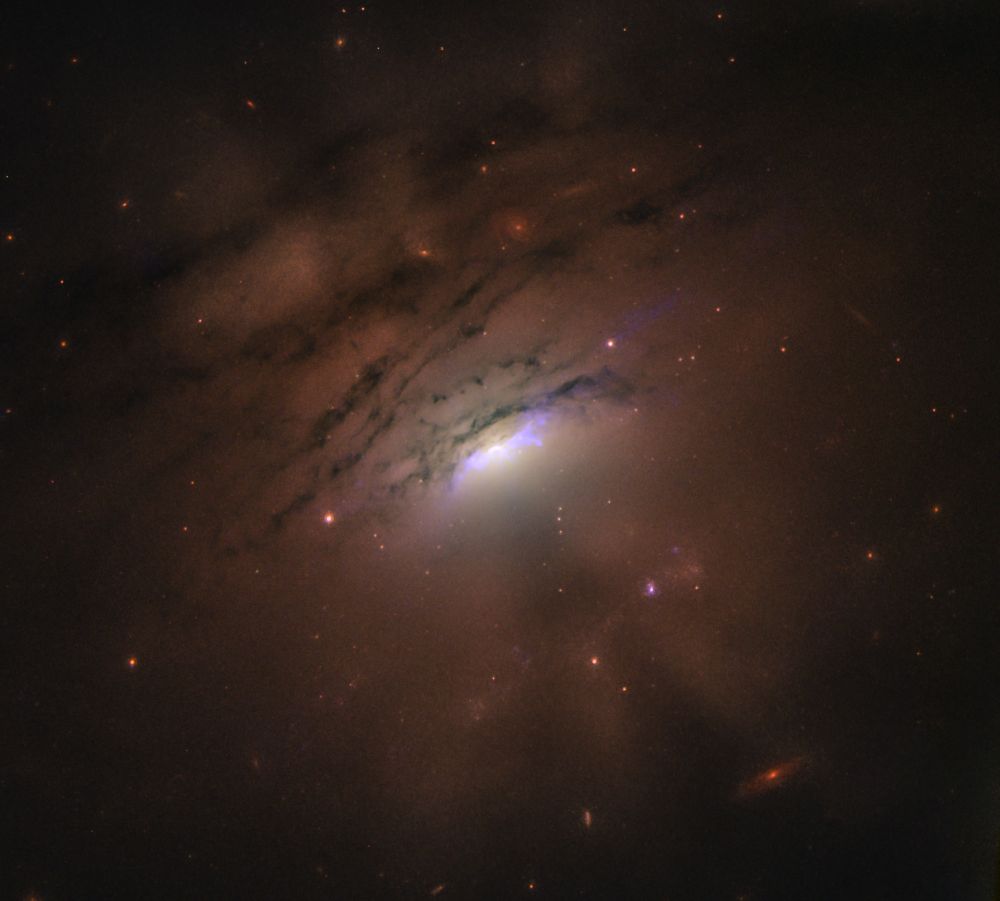
We use the term ‘supermassive black hole’ with a kind of casual familiarity. But stop and think about what they really are: Monstrous, beguiling singularities where the understood laws of physics and cosmology are brought to their knees. A region where gravity is so powerful that it warps everything around it, drawing material in—even light itself—and sometimes spitting out jets of energy at near-light-speed.
It was only recently that we got our first image of one of these monstrosities. Now, the Hubble has captured an image of a supermassive black hole (SMBH), or what might be part of its shadow, anyway.
Continue reading “Hubble Sees Dark Shadows That Could Be Cast by a Supermassive Black Hole”Merging Black Holes and Neutron Stars. All the Gravitational Wave Events Seen So Far in One Picture
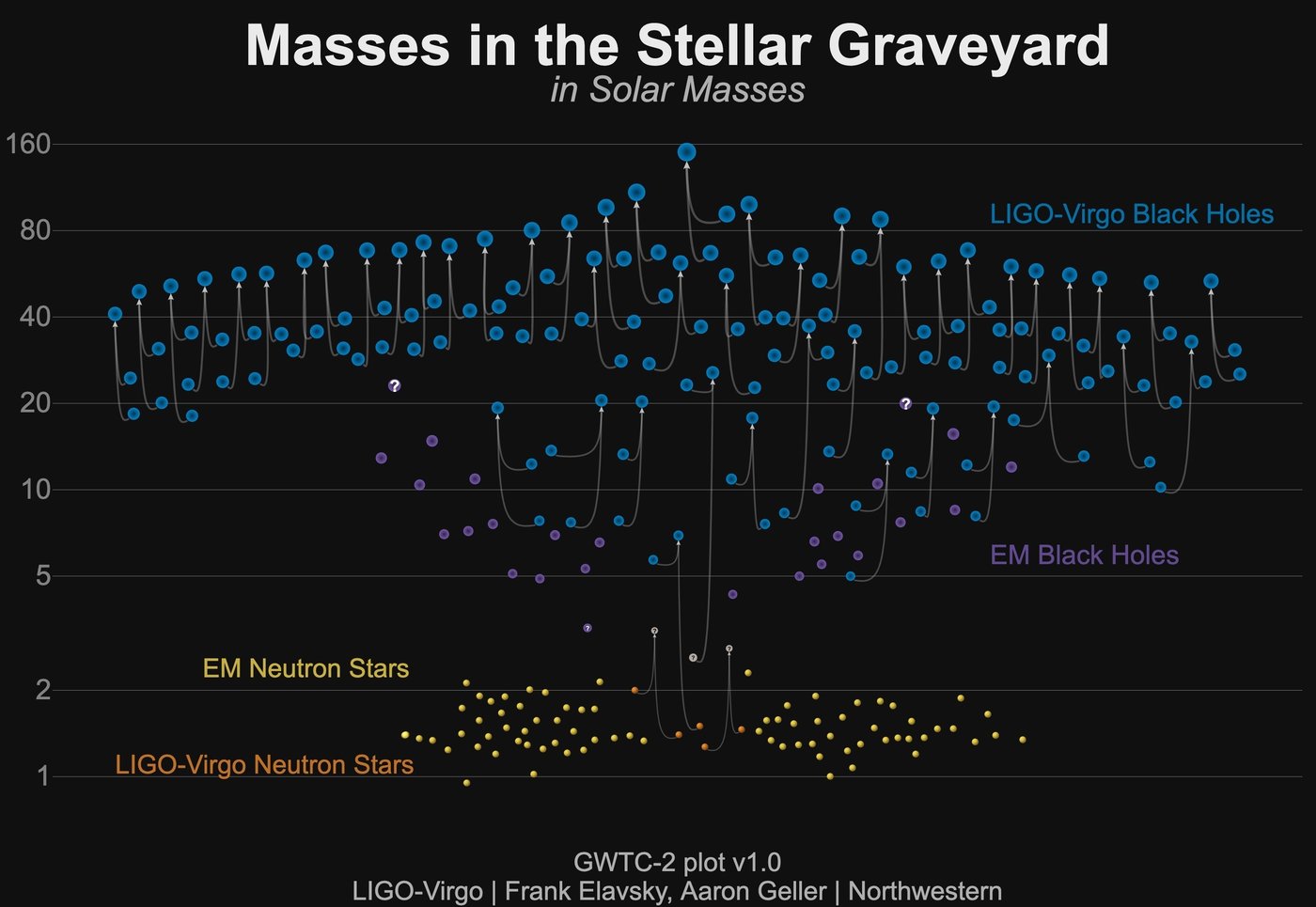
The Theory of Relativity predicted the existence of black holes and neutron stars. Einstein gets the credit for the theory because of his paper published in 1915, even though other scientists’ work helped it along. But regardless of the minds behind it, the theory predicted black holes, neutron stars, and the gravitational waves from their mergers.
It took about one hundred years, but scientists finally observed these mergers and their gravitational waves in 2015. Since then, the LIGO/Virgo collaboration has detected many of them. The collaboration has released a new catalogue of discoveries, along with a new infographic. The new infographic displays the black holes, neutron stars, mergers, and the other uncertain compact objects behind some of them.
Continue reading “Merging Black Holes and Neutron Stars. All the Gravitational Wave Events Seen So Far in One Picture”Beyond “Fermi’s Paradox” XI: What is the Transcension Hypothesis
Welcome back to our Fermi Paradox series, where we take a look at possible resolutions to Enrico Fermi’s famous question, “Where Is Everybody?” Today, we examine the possibility that the reason for the Great Silence is that all the aliens have evolved beyond the need to explore!
In 1950, Italian-American physicist Enrico Fermi sat down to lunch with some of his colleagues at the Los Alamos National Laboratory, where he had worked five years prior as part of the Manhattan Project. According to various accounts, the conversation turned to aliens and the recent spate of UFOs. Into this, Fermi issued a statement that would go down in the annals of history: “Where is everybody?“
This became the basis of the Fermi Paradox, which refers to the disparity between high probability estimates for the existence of extraterrestrial intelligence (ETI) and the apparent lack of evidence. Since Fermi’s time, several possible resolutions have been proposed, including the theory that advanced species eventually “transcend” the physical Universe, also known as the Transcension Hypothesis.
Continue reading “Beyond “Fermi’s Paradox” XI: What is the Transcension Hypothesis”Behold! The Black Hole Collision Calculator!
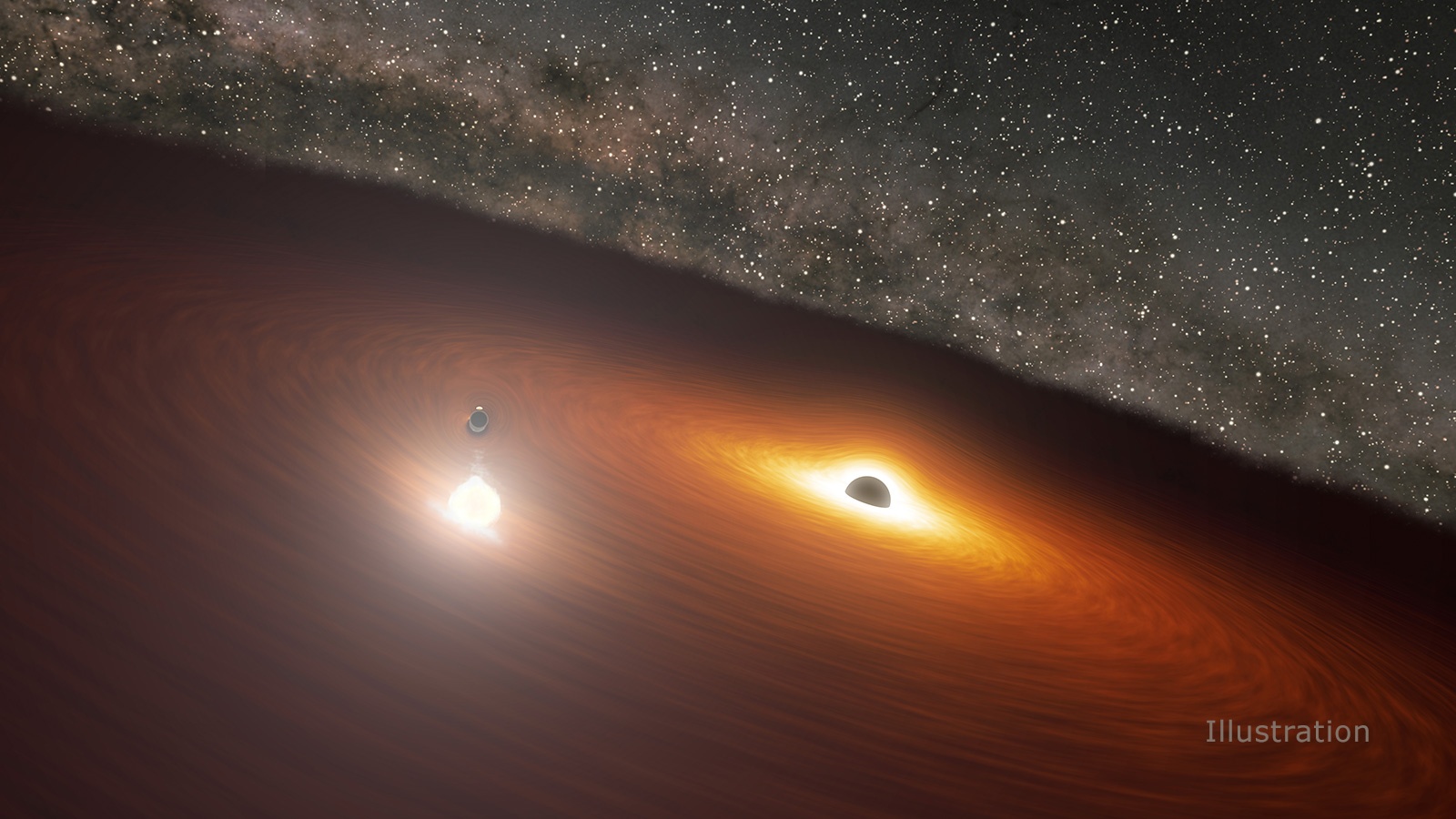
Black holes have been the subject of intense interest ever since scientists began speculating about their existence. Originally proposed in the early 20th century as a consequence of Einstein’s Theory of General Relativity, black holes became a mainstream subject a few decades later. By 1971, the first physical evidence of black holes was found and by 2016, the existence of gravitational waves was confirmed for the first time.
This discovery touched off a new era in astrophysics, letting people know collision between massive objects (black holes and/or neutron stars) creates ripples in spacetime that can be detected light-years away. To give people a sense of how profound these events are, Álvaro Díez created the Black Hole Collision Calculator (BHCC) – a tool that lets you see what the outcome of a collision between a black hole and any astronomical object would be!
Continue reading “Behold! The Black Hole Collision Calculator!”A ring of high-energy particles surrounding a black hole suddenly disappeared

In March 2018 astronomers watched a massive black hole surge in brightness. Then over the following year, its ring of light dimmed to near-invisibility before regaining its former strength. The potential culprit? The black hole swallowing an entire star.
Continue reading “A ring of high-energy particles surrounding a black hole suddenly disappeared”What Shuts Down a Galaxy’s Star Formation?

In the 1920s, Edwin Hubble studied hundreds of galaxies. He found that they tended to fall into a few broad types. Some contained elegant spirals of bright stars, while others were spherical or elliptical with little or no internal structure. In 1926 he developed a classification scheme for galaxies, now known as Hubble’s Tuning Fork.
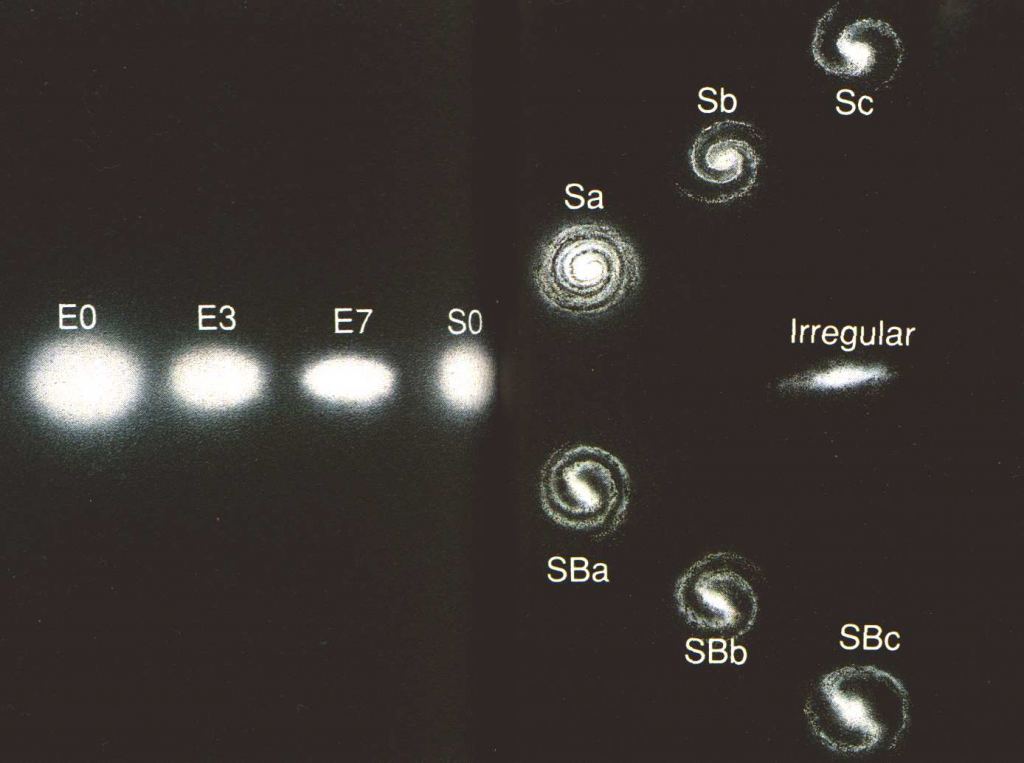
When you look at Hubble’s scheme, it suggests an evolution of galaxies, beginning as an elliptical galaxy, then flattening and shifting into a spiral galaxy. While many saw this as a reasonable model, Hubble cautioned against jumping to conclusions. We now know ellipticals do not evolve into spirals, and the evolution of galaxies is complex. But Hubble’s scheme marks the beginning of the attempt to understand how galaxies grow, live, and die.
Continue reading “What Shuts Down a Galaxy’s Star Formation?”Astronomers Might Have Seen a Star Just Disappear. Turning Straight to a Black Hole Without a Supernova
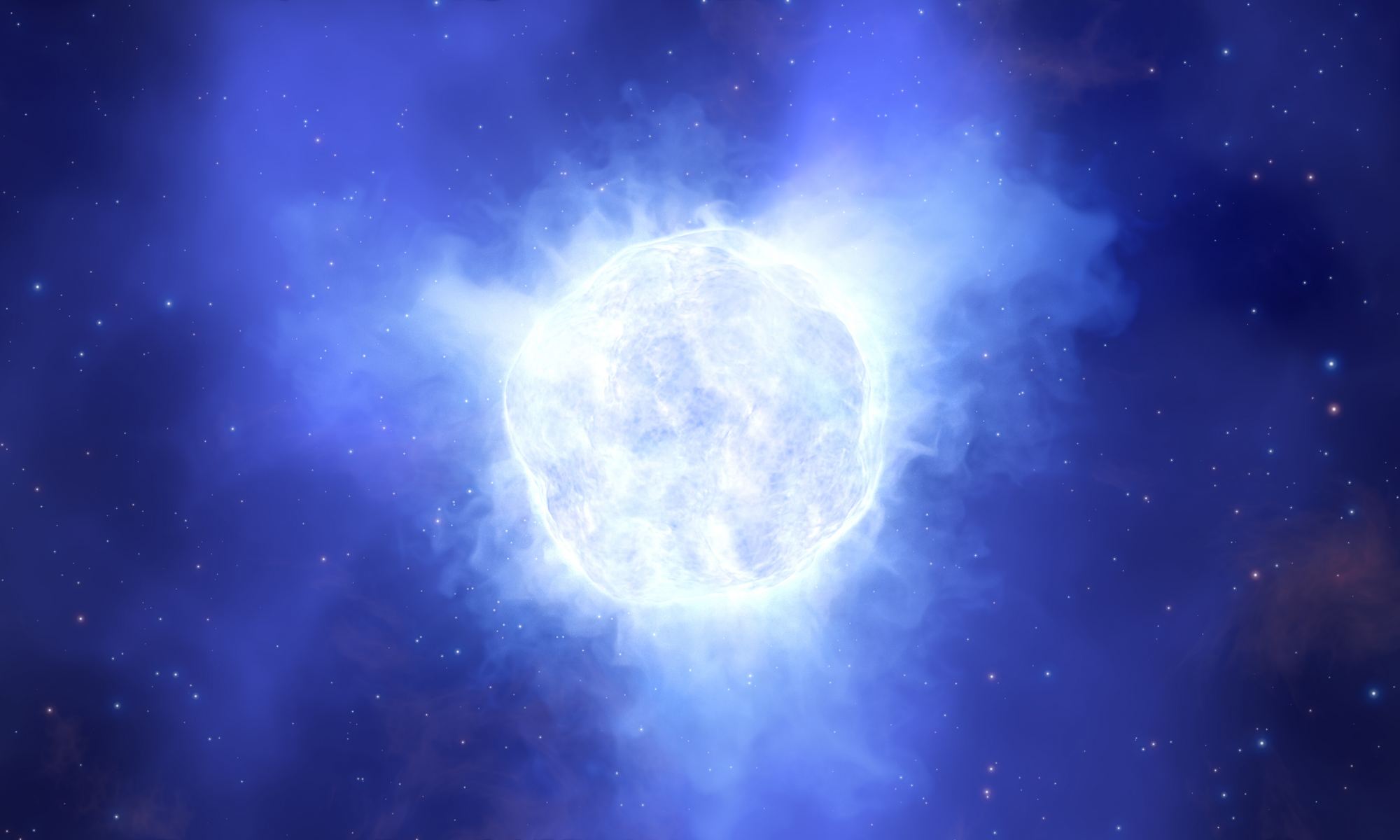
Large stars have violent deaths. As they run out of hydrogen to fuse, the star’s weight squeezes its core to make it increasingly hot and dense. The star fuses heavier elements in a last-ditch effort to keep from collapsing. Carbon to Silicon to Iron, each step generating heat and pressure. But soon it’s not enough. The fusion even heavier elements don’t give the star more energy, and the core quickly collapses. The protons and neutrons of nuclei collide so violently that the resulting shock wave rips the star about. The outer layers of the star are thrown outward, becoming a brilliant supernova. For a brief time, the star shines brighter than its entire galaxy, and its core collapses into a neutron star or black hole. It was thought that all large stars end with a supernova, but new research finds that might not be the case.
Continue reading “Astronomers Might Have Seen a Star Just Disappear. Turning Straight to a Black Hole Without a Supernova”How an Advanced Civilization Could Exploit a Black Hole for Nearly Limitless Energy
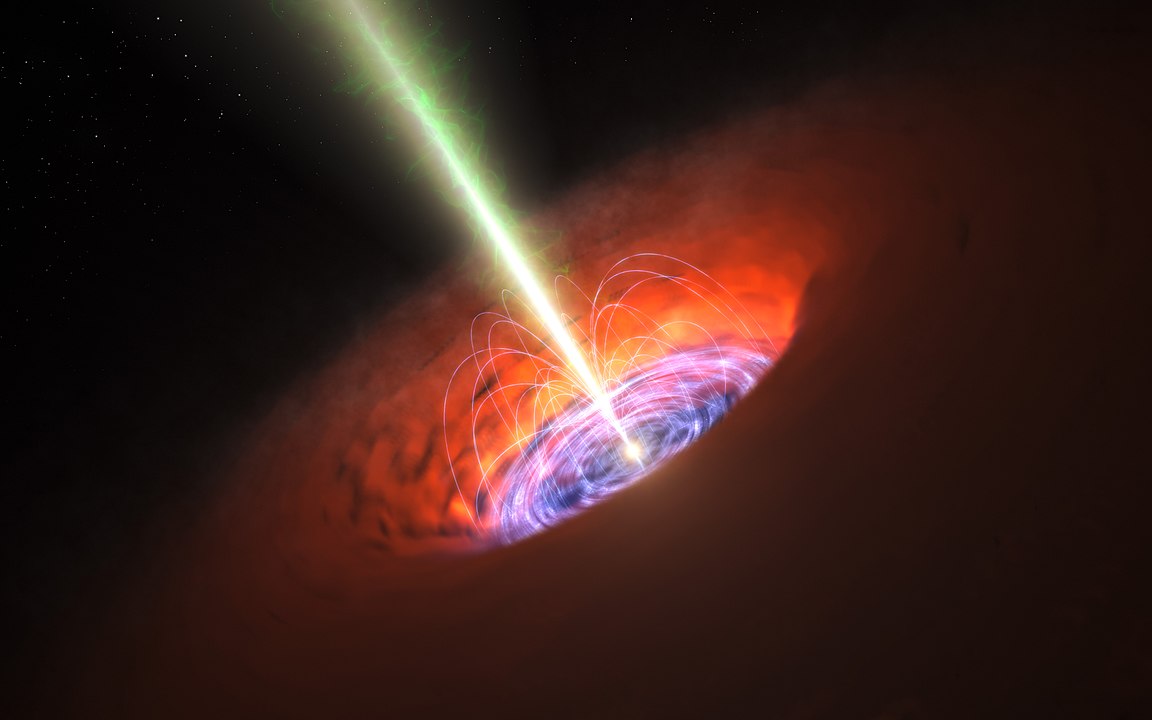
A black hole as a source of energy?
We know black holes as powerful singularities, regions in space time where gravity is so overwhelming that nothing—not even light itself—can escape.
About 50 years ago, British physicist Roger Penrose proposed that black holes could be a source of energy. Now, researchers at the University of Glasgow in Scotland have demonstrated that it may be possible.
Continue reading “How an Advanced Civilization Could Exploit a Black Hole for Nearly Limitless Energy”New Simulations Show How Black Holes Grow, Through Mergers and Accretion
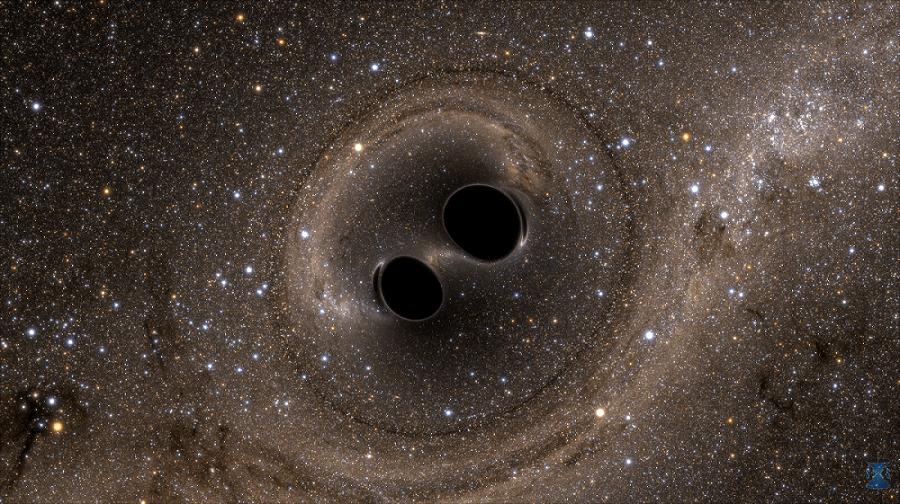
One of the most pressing questions in astronomy concerns black holes. We know that massive stars that explode as supernovae can leave stellar mass black holes as remnants. And astrophysicists understand that process. But what about the supermassive black holes (SMBHs) like Sagittarius A-star (Sgr A*,) at the heart of the Milky Way?
SMBHs can have a billion solar masses. How do they get so big?
Continue reading “New Simulations Show How Black Holes Grow, Through Mergers and Accretion”

